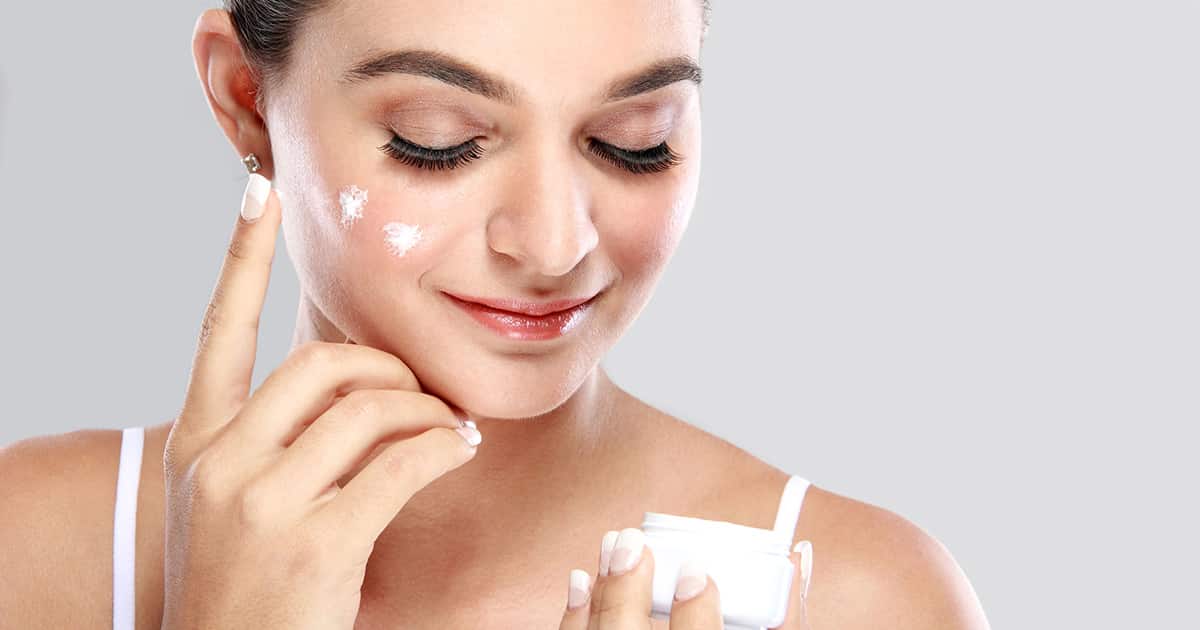Retinol: Acne's Worst Enemy & The Skin's Savior
Retinol creams and serums are widely advertised as a miracle worker for the skin that can greatly improve a person’s complexion. But, is it really that amazing? Does it genuinely work? Find out how retinol works and how it can improve a person’s unhealthy and dull skin into a glowing and radiant complexion.
How Does Retinol Work?

Let’s take a look at how retinol works first. Retinol is a derivative of vitamin A and works by accelerating the growth of healthy skin cells while discarding the dead skin cells. This makes the cells less susceptible to fall into pores as well, which results in less blocked pores. This process of accelerating the death of skin cells on the surface speeds up the growth of healthy skin cells underneath the surface. This also makes it extremely effective in preventing and removing wrinkles. The very first retinoid to hit the market was tretinoin, which was approved by the U.S. Food & Drug Administration(FDA) over forty years ago, and was branded as a prescription acne treatment. Today, there are three prescription-strength retinoids available to consumers: tretinoin, tazarotene, and adapalene, with different brands associated with each of the three.
Continue reading to discover the variety of skin benefits that retinoid creams can offer patients.